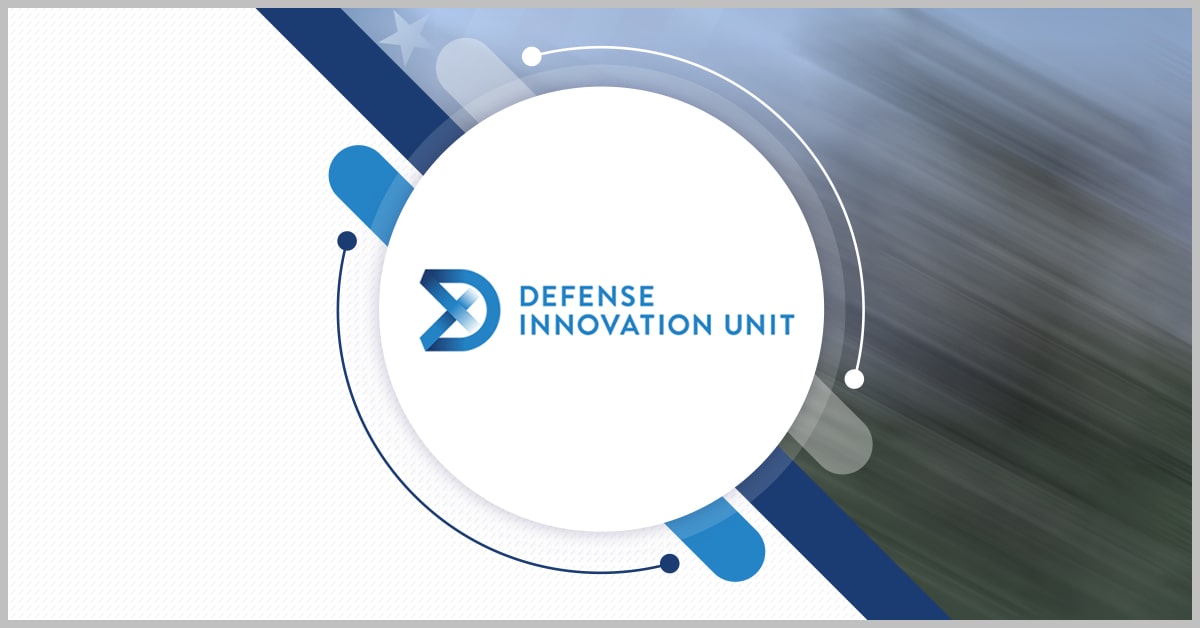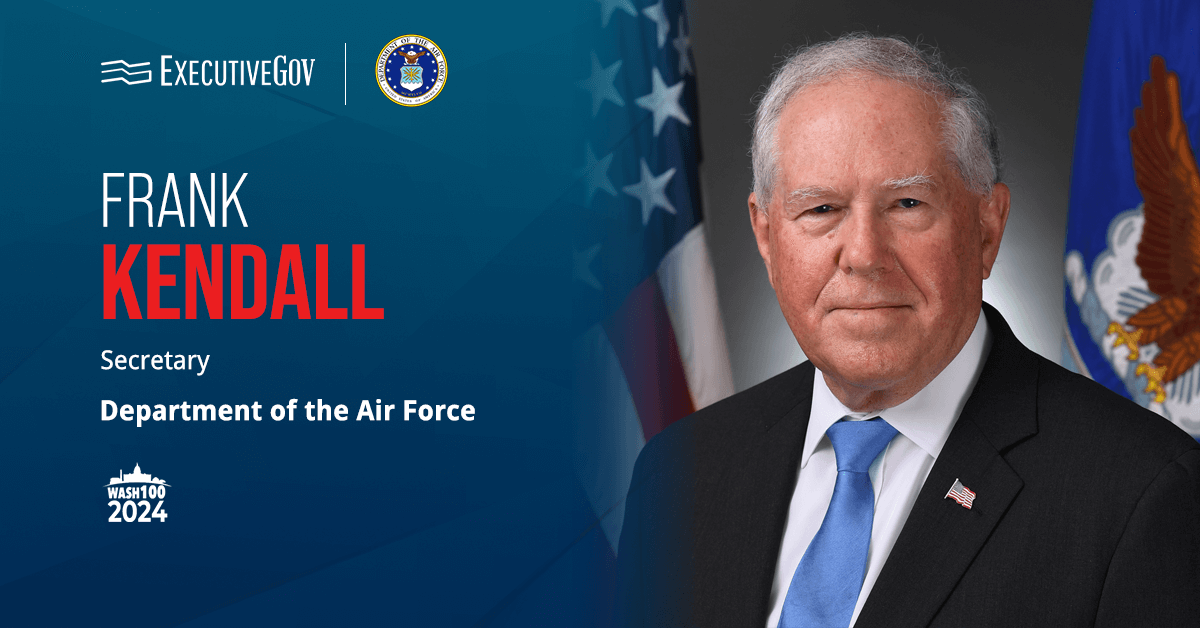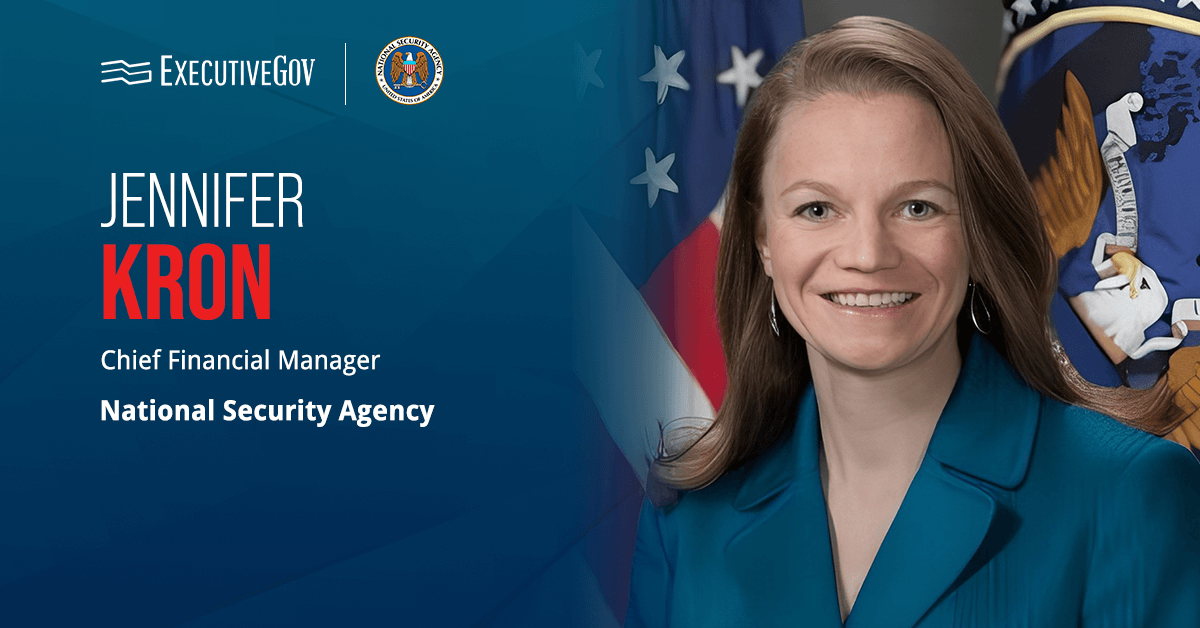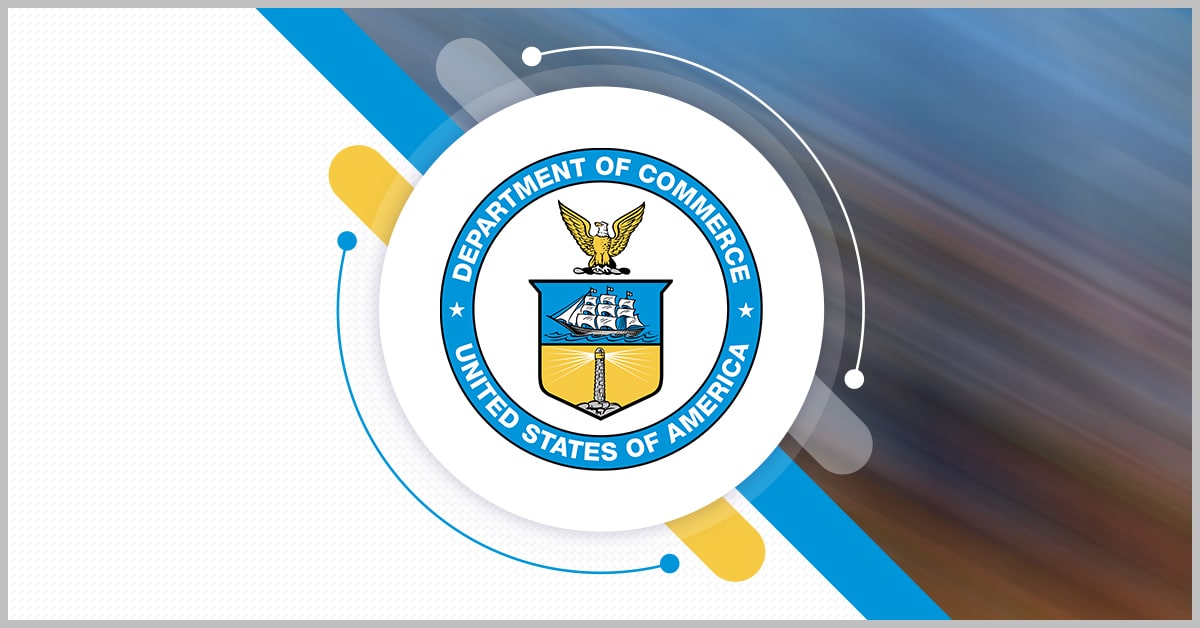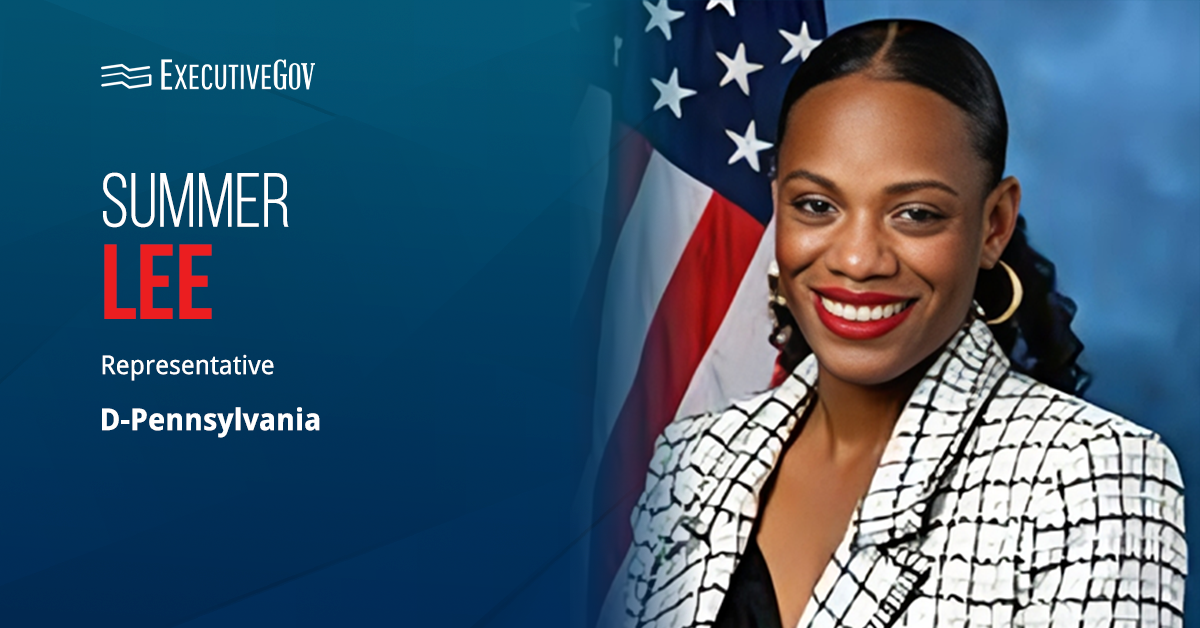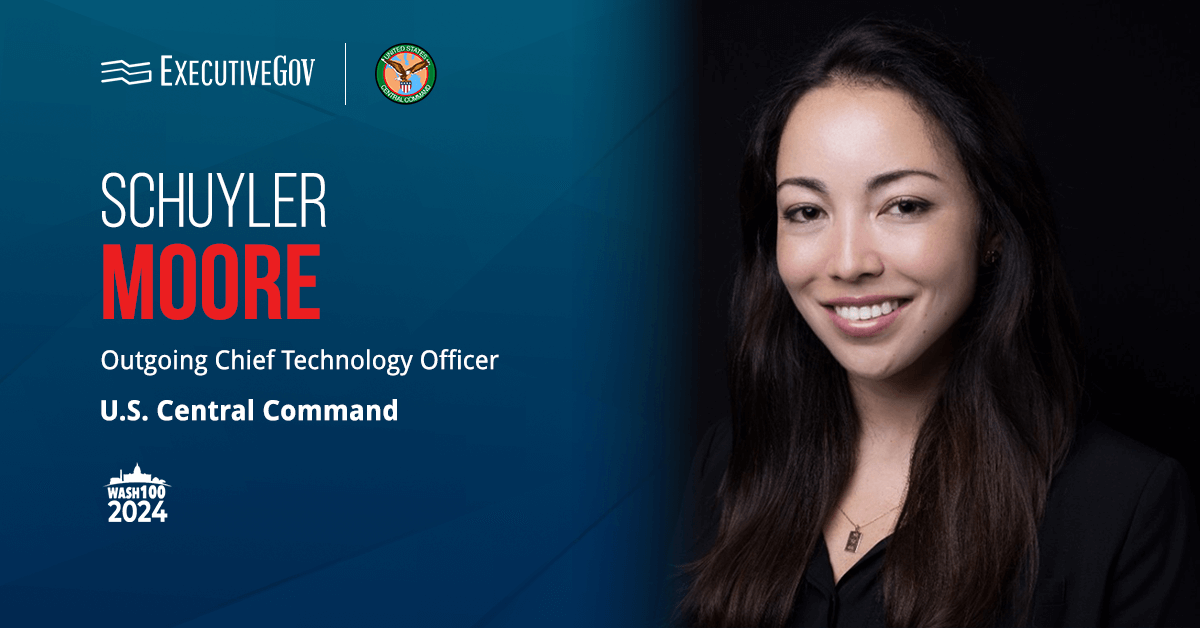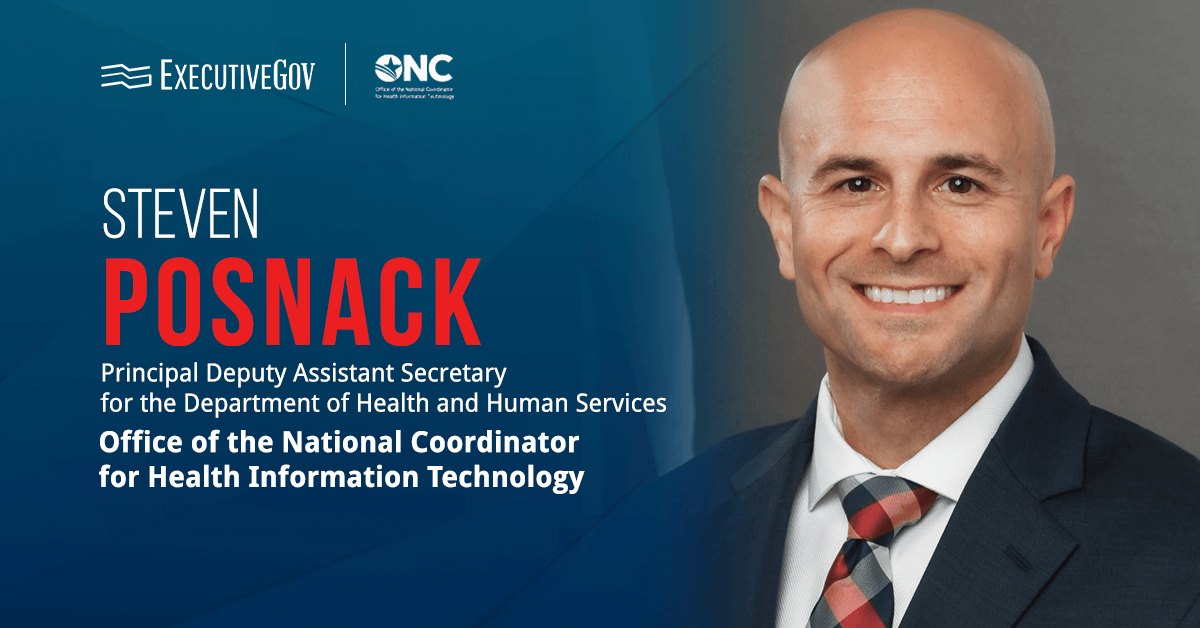MITRE has released a paper where it critiqued the unsustainability of the current electromagnetic spectrum management process and advocated for reform via the implementation of dynamic spectrum sharing, or DSS.
Table of Contents
Why Is Existing Spectrum Management Unsustainable?
MITRE said Monday that accessing the spectrum is key to U.S. security and competitiveness but the way the resource is currently managed is slow, costly and inflexible. One such unsustainable method involves the static relocation of federal users in order to free up spectrum to be auctioned to commercial users. Political and economic barriers also exist that cause tension between federal and commercial spectrum users.
How Can Dynamic Spectrum Sharing Help?
The non-profit company said that, to address these challenges, the next U.S. administration can implement dynamic spectrum sharing, which can allow for flexible capacity optimization and resource allocation and enable the coexistence of various spectrum users. In the paper, the company also proposed multiple implementation strategies, including the development of artificial intelligence-powered DSS capabilities and the launch of a nationwide pilot program for a DSS platform.
MITRE went on to say that the next administration can help ensure national security and economic growth by carrying out spectrum management reform.





